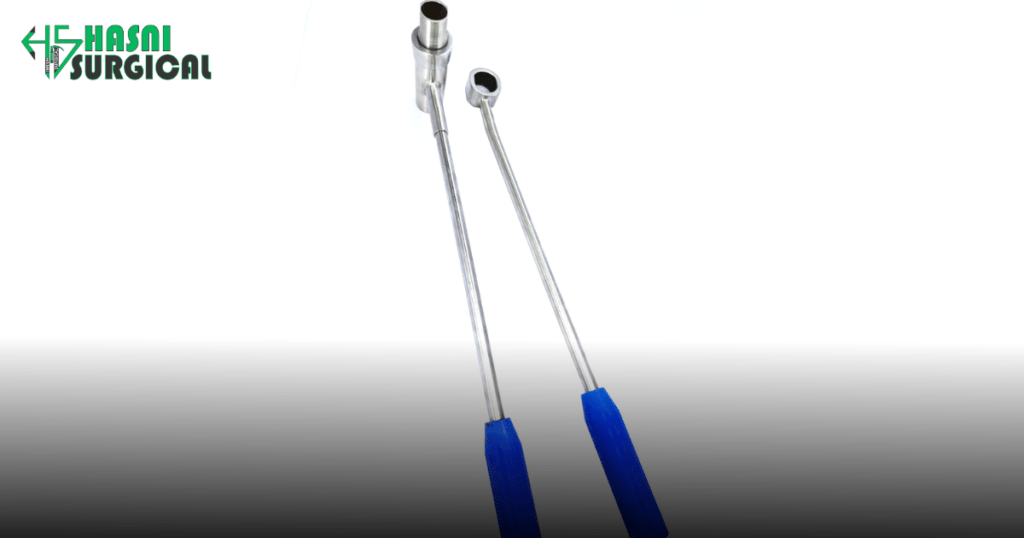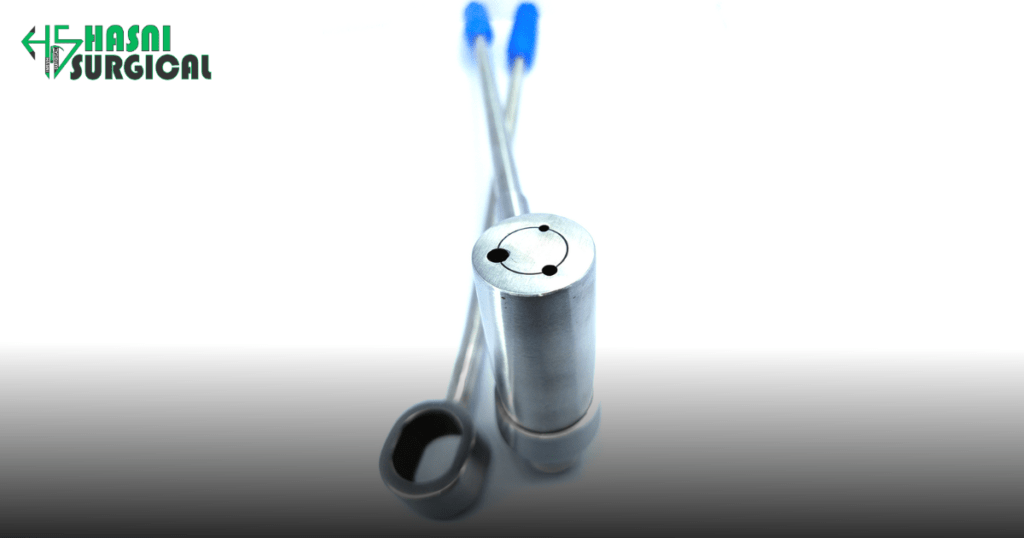Improving Orthopedic Instrumentation for Osteotomy Procedures
June 14, 2024 2024-11-21 7:26Improving Orthopedic Instrumentation for Osteotomy Procedures

Improving Orthopedic Instrumentation for Osteotomy Procedures
Osteotomy Procedures
In orthopedic surgery, osteotomy procedures play a crucial role in correcting bone deformities, realigning joints, and restoring functionality to affected limbs. Osteotomies involve surgically cutting and repositioning bones to improve alignment and relieve pressure on joints, often addressing conditions like osteoarthritis or congenital deformities. The success of these procedures hinges not only on surgical skill but also on the precision and effectiveness of orthopedic instruments used during surgery.
Understanding Osteotomy Procedures
Osteotomies are surgical procedures that involve cutting and reshaping bones to correct deformities, improve alignment, and relieve pain and pressure on joints. These procedures are commonly performed in orthopedic surgery to address conditions such as osteoarthritis, where joint alignment issues contribute to pain and reduced mobility. By strategically repositioning bones, orthopedic surgeons aim to restore normal joint function and alleviate symptoms, enhancing the patient’s quality of life.
Also read: Dental Instrument Sterilization Best Practices for Patient Safety
Challenges in Traditional Instrumentation

Traditional orthopedic instrumentation for osteotomy procedures has limitations that can affect surgical outcomes. Conventional instruments may lack the precision required for intricate bone cuts or may not provide sufficient stability during bone repositioning. Surgeons often face challenges in achieving exact bone alignment and ensuring long-term stability post-surgery. Moreover, the ergonomic design of traditional instruments may contribute to surgeon fatigue and procedural inefficiencies.
Innovations in Orthopedic Instrumentation
Recent advancements in orthopedic instrumentation have significantly enhanced the precision, safety, and effectiveness of osteotomy procedures. Innovations focus on improving surgical outcomes, reducing recovery times, and enhancing patient satisfaction
1. Patient-Specific Instrumentation (PSI)
Patient-specific instrumentation utilizes advanced imaging techniques such as MRI or CT scans to create custom surgical guides and instruments tailored to each patient’s unique anatomy. These guides help surgeons perform precise bone cuts and placements during osteotomies, improving accuracy and reducing surgical time. By enhancing preoperative planning, PSI reduces intraoperative variability and enhances overall surgical outcomes.
For Example; A patient with severe knee osteoarthritis undergoes a PSI-guided osteotomy, where customized instruments ensure precise bone cuts and optimal realignment of the joint, leading to improved post-operative function and reduced recovery time.
2. Robot-Assisted Surgery
Robotics in orthopedic surgery allow for unparalleled precision and control during osteotomy procedures. Robotic systems provide real-time feedback to surgeons, enabling them to execute precise bone cuts and adjustments with sub-millimeter accuracy. This technology enhances the reproducibility of surgical techniques and minimizes variability in outcomes, contributing to better long-term results for patients.

Example: In a robotic-assisted knee osteotomy, the surgeon uses robotic arms to perform precise bone cuts and repositioning based on preoperative imaging. This ensures accurate alignment correction and reduces the risk of complications, promoting faster recovery and improved joint function.
3. Biocompatible Materials and Implants
Advances in biomaterials have revolutionized orthopedic surgery by offering implants that promote faster healing and long-term stability. Biocompatible materials such as titanium alloys or biodegradable polymers are used to manufacture implants tailored to individual patient needs. These implants support bone regeneration, integrate seamlessly with surrounding tissues, and provide structural support during and after osteotomy procedures.
For Example;A patient undergoing a hip osteotomy receives a titanium alloy implant customized to their anatomy. This implant not only stabilizes the repositioned bone but also facilitates natural bone growth, ensuring durable joint function and minimizing the risk of implant-related complications.

Benefits of Enhanced Instrumentation
The integration of advanced instrumentation in osteotomy procedures offers several benefits:
- Improved Surgical Precision: Enhanced tools and techniques enable surgeons to achieve more accurate bone cuts and alignments, reducing the risk of errors and complications.
- Faster Recovery Times: Precise surgical interventions and customized implants promote quicker recovery periods, allowing patients to resume normal activities sooner.
- Enhanced Patient Outcomes: By addressing underlying joint issues with greater precision, advanced instrumentation improves overall patient outcomes, including pain relief, joint function, and quality of life.
- Reduced Healthcare Costs: Effective instrumentation reduces surgical complications and the need for revision surgeries, ultimately lowering healthcare costs associated with orthopedic care.
- Conclusion
Innovations in orthopedic instrumentation for osteotomy procedures represent a significant advancement in orthopedic surgery, offering enhanced precision, safety, and patient outcomes. From patient-specific guides and robotic-assisted surgery to biocompatible materials and implants, these innovations are reshaping the landscape of orthopedic care. As technology continues to evolve, the future holds promising possibilities for further improving surgical techniques, optimizing recovery times, and maximizing patient satisfaction in orthopedic surgery.

